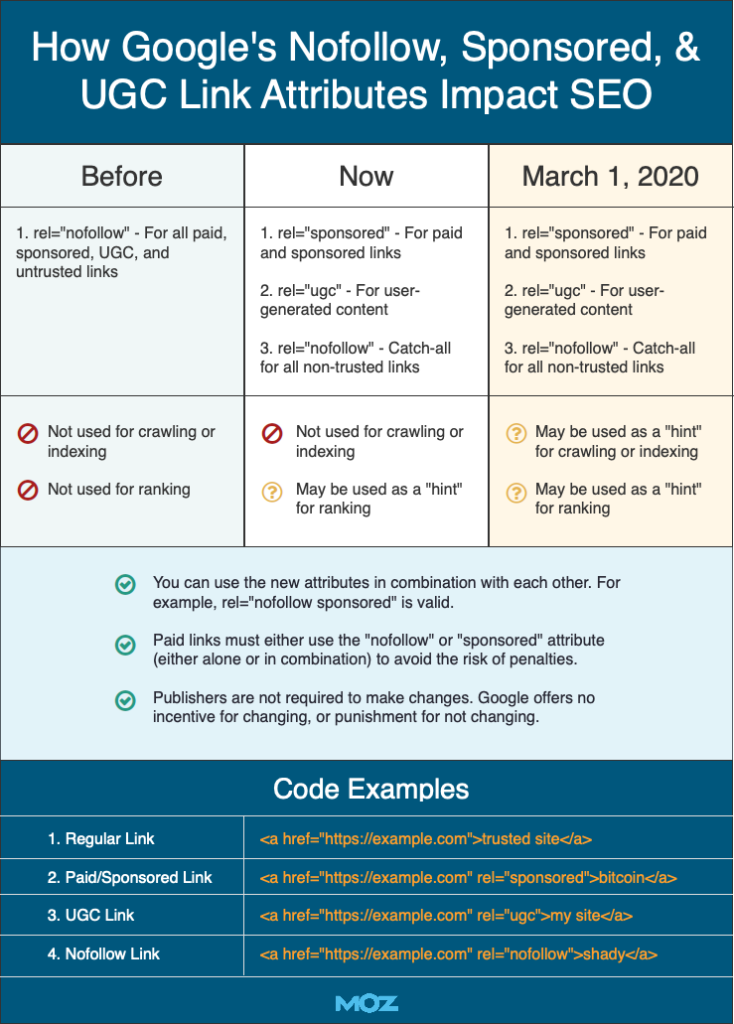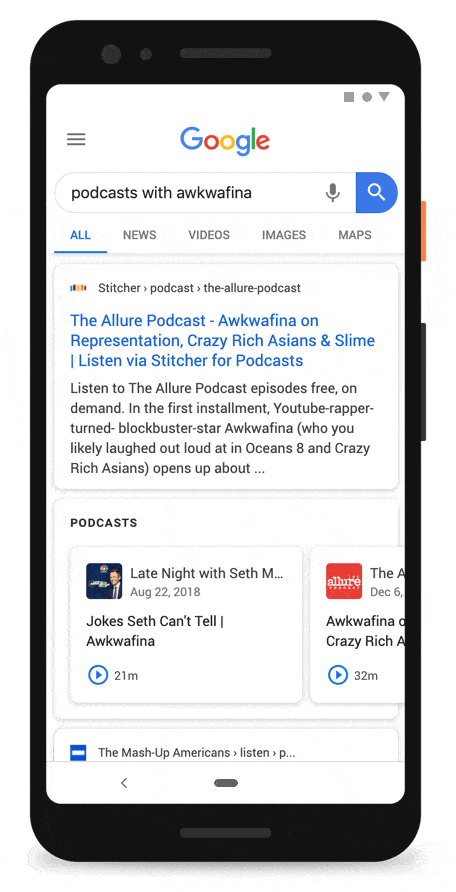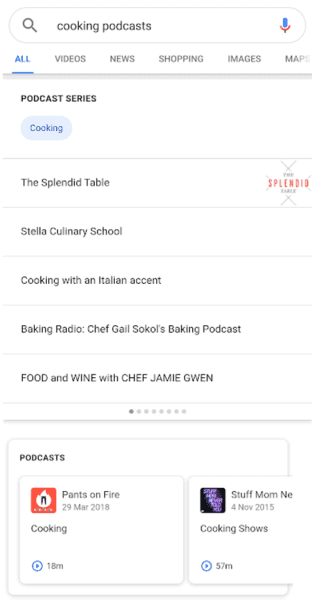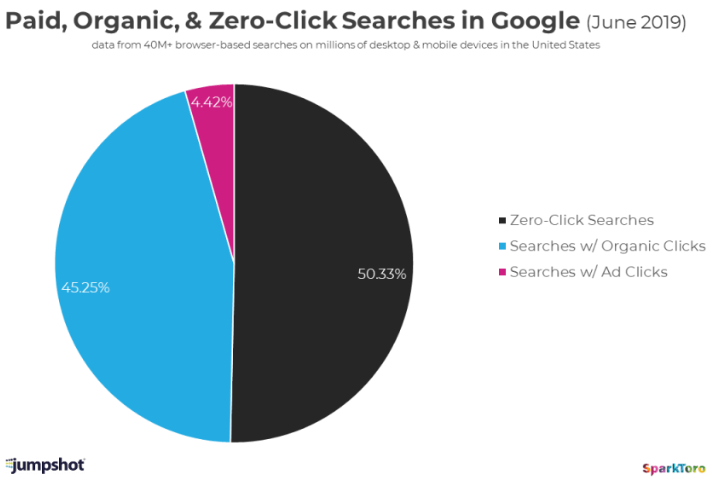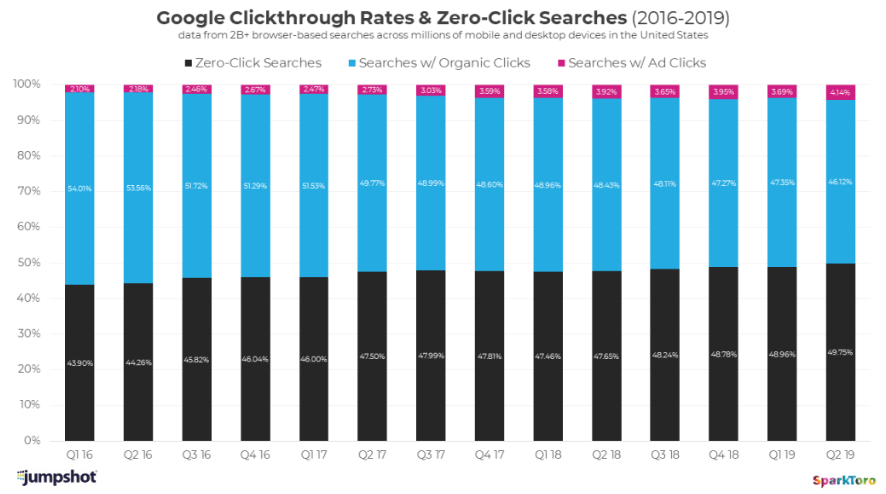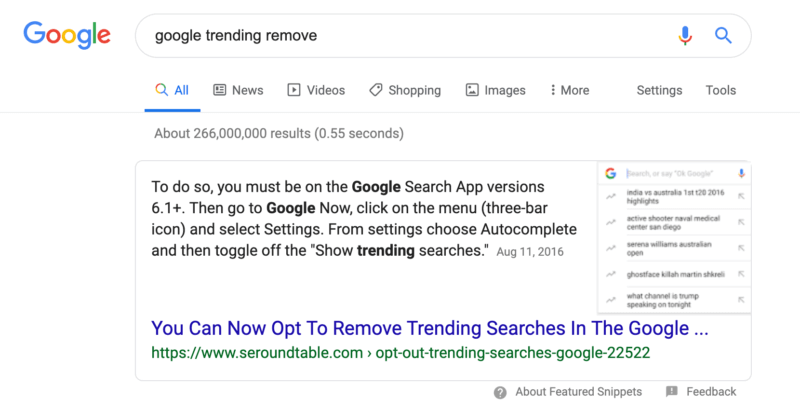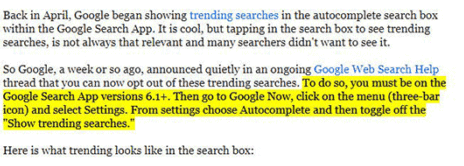Join Fusion’s SEO team as they round up last month’s major industry updates.
BROAD CORE ALGORITHM UPDATE
Google announced that they were releasing a broad core algorithm update on 24th September.
Later today, we are releasing a broad core algorithm update, as we do several times per year. It is called the September 2019 Core Update. Our guidance about such updates remains as we’ve covered before. Please see this blog for more about that: https://t.co/e5ZQUAlt0G
— Google SearchLiaison (@searchliaison) September 24, 2019
Although broad core algorithm updates have no specific focus and are released in order provide a more general improvement in search results, Google have suggested “focusing on ensuring you’re offering the best content you can” as “that’s what our algorithms seek to reward.” Google have also recommended that sites continue to consult the search quality rater guidelines in order to view Google’s ideology on what a qualities a site should possess in order to rank well within search. Google have also recommended the following resources in order to help understand the search quality rater guidelines:
- E-A-T and SEO, from Marie Haynes
- Google Updates Quality Rater Guidelines Targeting E-A-T, Page Quality & Interstitials, from Jennifer Slegg
- Leveraging E-A-T for SEO Success, presentation from Lily Ray
- Google’s Core Algorithm Updates and The Power of User Studies: How Real Feedback From Real People Can Help Site Owners Surface Website Quality Problems (And More), Glenn Gabe
- Why E-A-T & Core Updates Will Change Your Content Approach, from Fajr Muhammad
GOOGLE UPDATES NO FOLLOW & INTRODUCES SPONSORED AND UGC TAGS
Google have updated the guidance on how they will treat nofollow tags, alongside introducing 2 new tags to be used in specific circumstances:
rel=”nofollow”: Use this attribute for cases where you want to link to a page but don’t want to imply any type of endorsement, including passing along ranking credit to another page.
rel=”sponsored”: Use the sponsored attribute to identify links on your site that were created as part of advertisements, sponsorships or other compensation agreements.
rel=”ugc”: UGC stands for User Generated Content, and the ugc attribute value is recommended for links within user generated content, such as comments and forum posts.
For further information on these changes and the impact they have made, please see our Google Updates Nofollow Links blog.
FRESHER DATA IS INTRODUCED TO GOOGLE SEARCH CONSOLE
Following an announcement on 23rd September 2019, users will now have access to more recent data within Google Search Console.
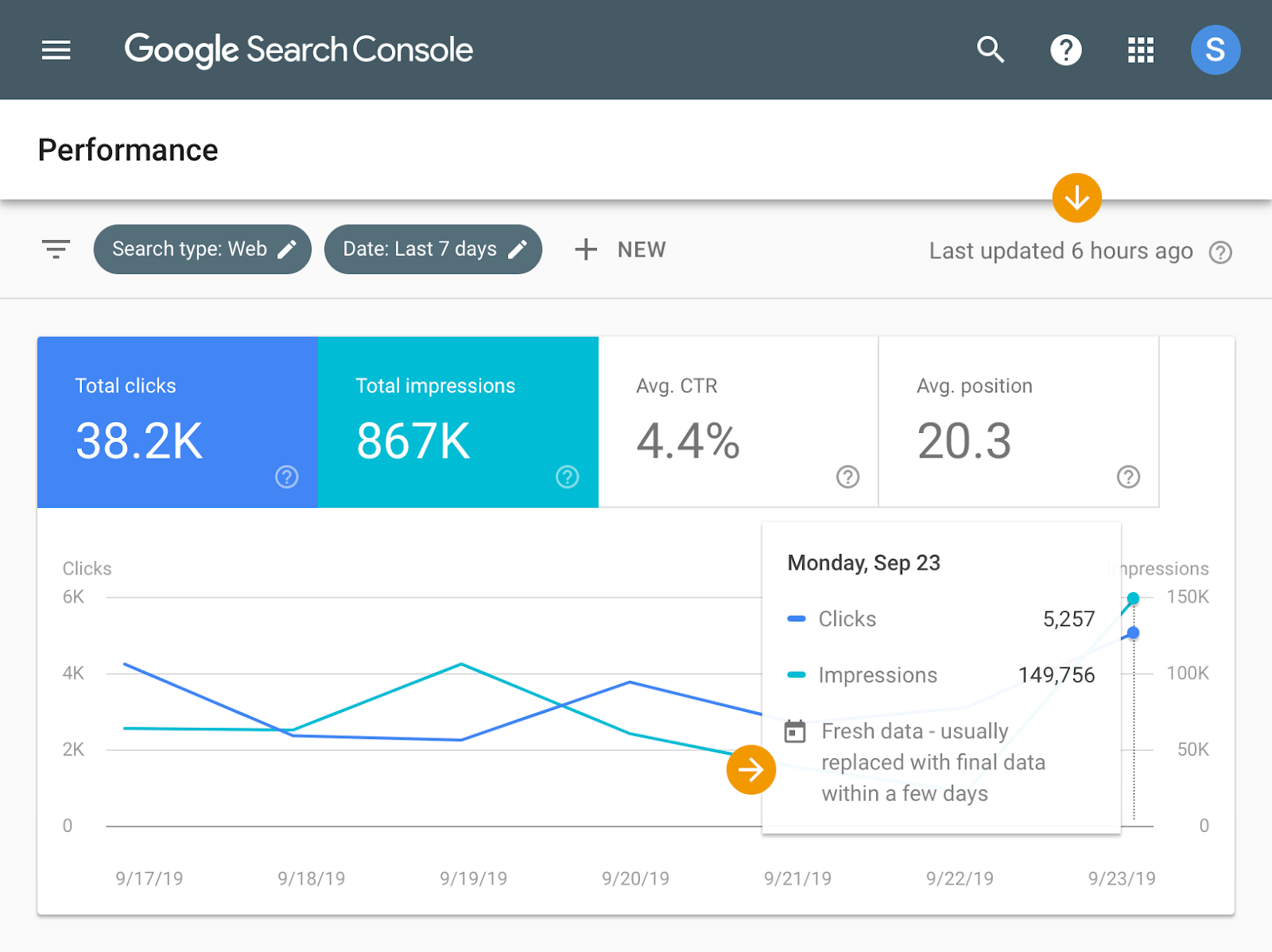
Previously, users were required to wait a couple of days for data within Search Console to become available, meaning that site performance from over the weekend would become available around Wednesday. With the implementation of fresher data users will now have access to information from as soon as the previous day, which will then be processed and replaced with the final data within the same time period as usual (around a couple of days).
GOOGLE INTRODUCES AUTO DNS VERIFICATION FOR SEARCH CONSOLE
Following their release of domain groups in Google Search Console allowing users to views combined data driven by their whole domain, Google have released auto DNS verification in order to make it easier for users to verify their domain.
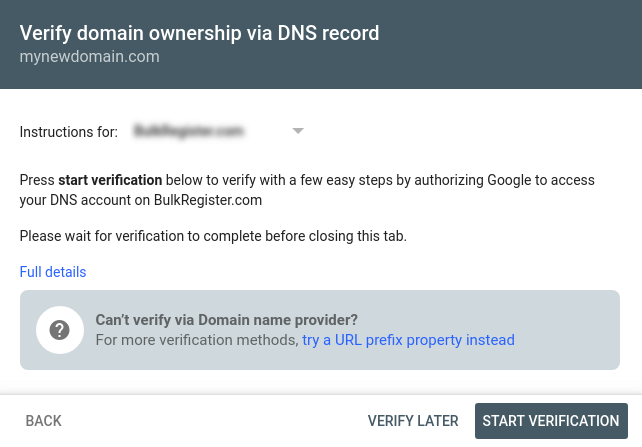
By clicking on “add property” from the property selector from the drop down sidebar, then choosing the “Domain” option, users will now be met with a step-by-step guide from Google. This will guide users through the steps of verifying their domain.
GOOGLE OFFICIALLY RETIRES THE OLD SEARCH CONSOLE
After releasing the new Google Search Console back at the start of 2018, Google have gradually migrated across functionality from the old Search Console to the new version, alongside new exclusive tools. The time has now come for us to say goodbye to the old Search Console, as Google closed accessibility on 9th September 2019.
Although the old Search Console has been closed, Google are still allowing access to the below legacy tools that are yet to receive a replacement on the new Google Search Console interface:
- Remove URLs tool
- Crawl Stats
- Robots.txt Tester
- URL Parameters Tool
- International Targeting
- Data Highlighter tool
- Messages report
- Crawl rate settings
- Email preferences
- Web tools
GOOGLE UPDATE USE OF REVIEW RICH RESULTS
Google have been looking into how review schema is currently being used by webmasters, finding many invalid and misleading implementations of this structured data. Google have made some algorithmic updates in order to improve the helpfulness of review markup, and have also limited the display of rich review results to only the following schema types:
- schema.org/Book
- schema.org/Course
- schema.org/CreativeWorkSeason
- schema.org/CreativeWorkSeries
- schema.org/Episode
- schema.org/Event
- schema.org/Game
- schema.org/HowTo
- schema.org/LocalBusiness
- schema.org/MediaObject
- schema.org/Movie
- schema.org/MusicPlaylist
- schema.org/MusicRecording
- schema.org/Organization
- schema.org/Product
- schema.org/Recipe
- schema.org/SoftwareApplication
Review markup that is applied to any schema that is not included within the above list will be ignored by Google.
GOOGLE ADDS OPTIONS FOR SITES TO PREVIEW CONTENT ON GOOGLE SEARCH
With structured data and featured snippets consistently increasing in importance within search, Google have expanded functionality for webmasters to inform them how they would like pages to be displayed within rich results. These include the following:
Using robots meta tags
The robots meta tag is added to an HTML page’s <head>, or specified via the x-robots-tag HTTP header. The robots meta tags addressing the preview content for a page are:
- “nosnippet”
This is an existing option to specify that you don’t want any textual snippet shown for this page. - “max-snippet:[number]”
New! Specify a maximum text-length, in characters, of a snippet for your page. - “max-video-preview:[number]”
New! Specify a maximum duration in seconds of an animated video preview. - “max-image-preview:[setting]”
New! Specify a maximum size of image preview to be shown for images on this page, using either “none”, “standard”, or “large”.
They can be combined, for example:
<meta name=”robots” content=”max-snippet:50, max-image-preview:large”>
Using the new data-nosnippet HTML attribute
A new way to help limit which part of a page is eligible to be shown as a snippet is the “data-nosnippet” HTML attribute on span, div, and section elements. With this, you can prevent that part of an HTML page from being shown within the textual snippet on the page.
For example:
<p><span data-nosnippet>Harry Houdini</span> is undoubtedly the most famous magician ever to live.</p>
These new implementations will provide site owners with the power to limit the amount and type of content in the structured data.
IPAD TRAFFIC IS CHANGING WITHIN GOOGLE ANALYTICS
Due to updates within iPad OS, Apple have changed the user agent for the iPad, meaning iPad traffic will appear as desktop traffic. With Apple currently in control of 72% of the tablet market share worldwide, site owners should expect to see a reduction in tablet traffic and an increase in desktop traffic, with a specific increase in Safari users. This change took place in September 2019.
